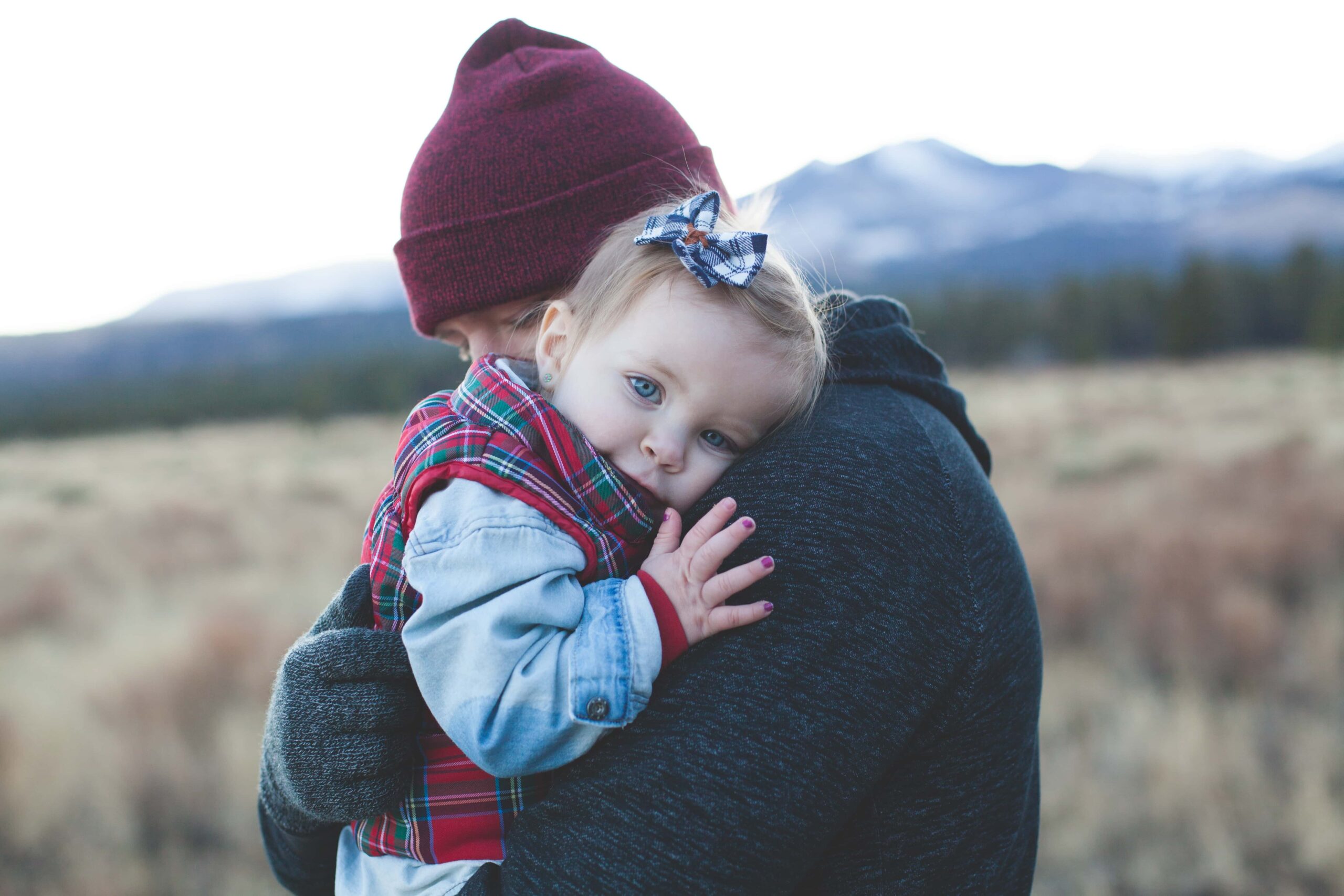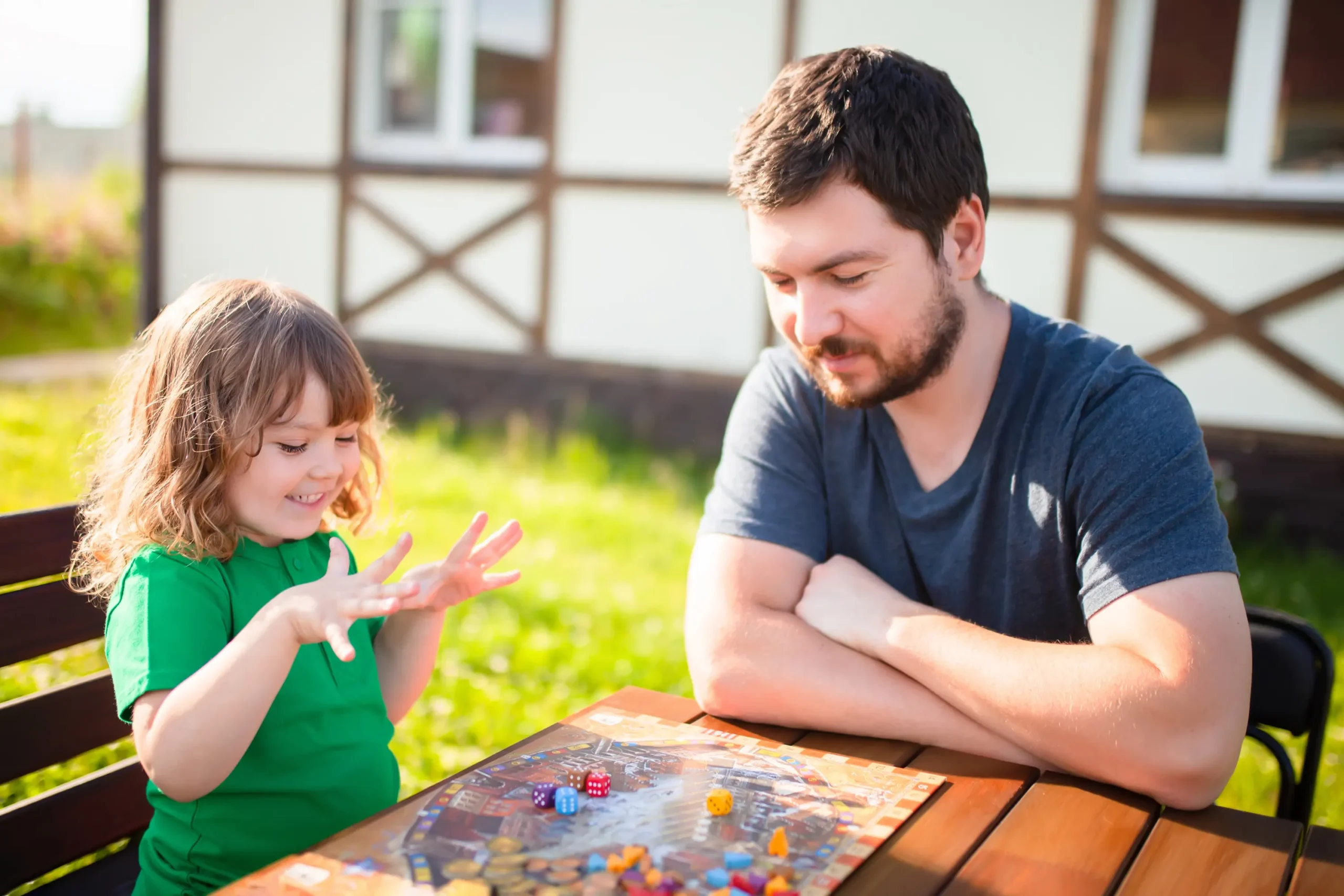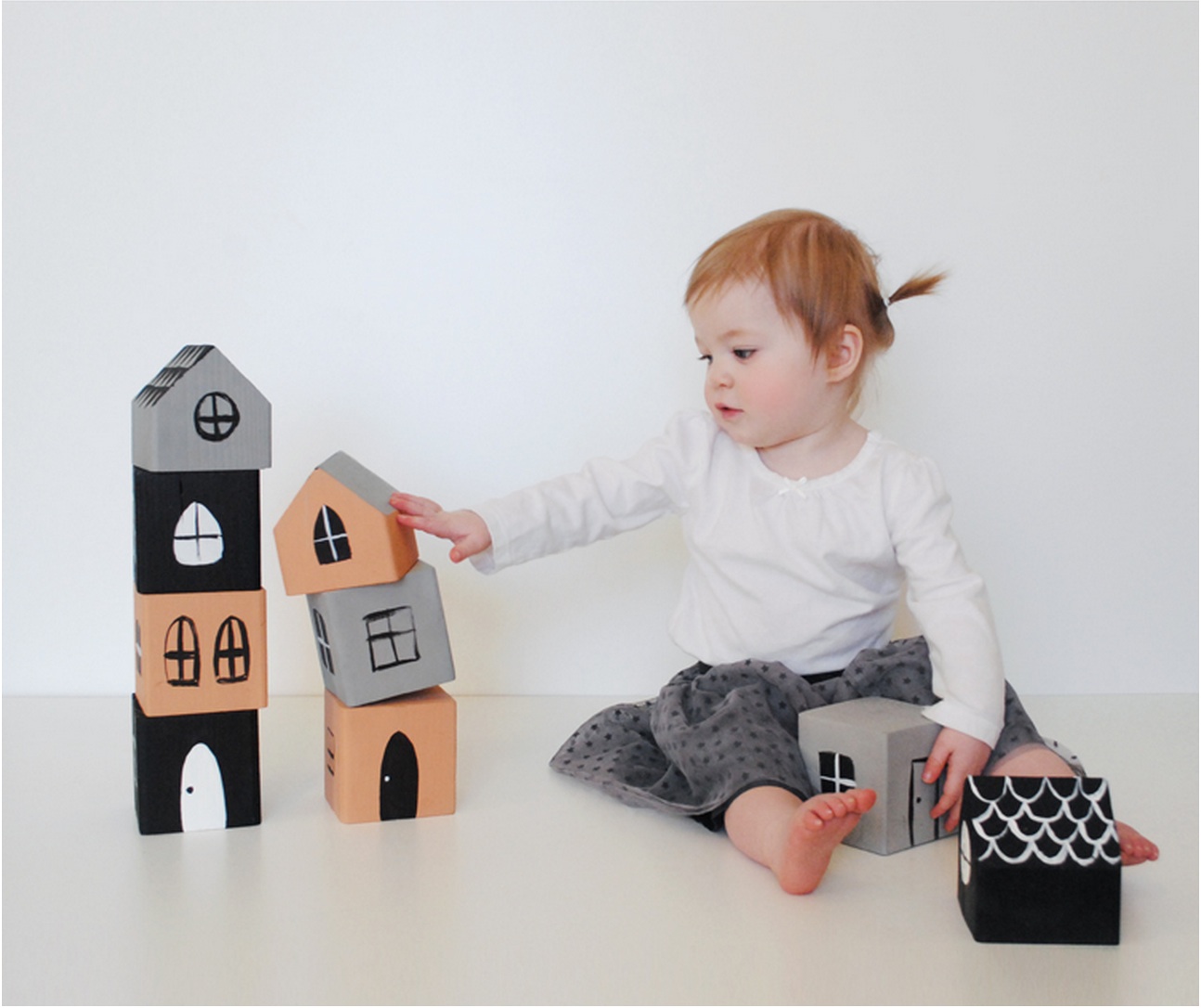
Attachment Styles & Your Child
Psychologists John Bowlby and Mary Ainsworth were groundbreaking in their discovery and development of different attachment styles. Attachment styles are still used today to help understand the relationship and bonds between a child and caregiver. There are four recognized attachment styles: secure attachment, insecure attachment, avoidant attachment, and disorganized attachment. Positive attachments to caregivers have been correlated with mental health through adolescence and into adulthood. In contrast, harmful or unsafe attachments to caregivers have been heavily correlated to mental health issues in adolescents and into adulthood. As the four attachment styles are discussed further, keep in mind that these should be viewed with a developmentally appropriate lens. An infant will not show secure attachment in the same way that a four-year-old will, and behavior would need to be carefully observed across time in multiple settings to determine attachment style.
Secure Attachment
Securely attached children feel safe to explore their world independently while still staying connected to their caregiver. Children who are securely attached will leave their caregivers and adventure out, using their caregiver as a base; you may see this often at a playground with young children. Securely attached children also feel safe enough with caregivers to freely and openly convey their emotions and are not fearful of abandonment. Attachment styles are the foundation for other relationships in the child’s life as well, so securely attached kids will often initiate play with peers and have positive play relationships with others. Secure attachments are also linked with the ability to set appropriate boundaries, communication skills, and emotional intelligence. A secure attachment is fostered by caregivers being responsive to a child’s needs, being there to soothe them, and developing a safe and trusting relationship.
Example: A securely attached child may explore on their own, keeping an eye on their caregiver to make sure they’re still there. When being dropped off, they may cry, but will soon be able to recover and go on with their day. When the caregiver comes back to pick them up, they are typically excited that their caregiver has returned.
Insecure Attachment
Children with insecure attachment are fearful of leaving their caregivers, are afraid to explore the world, and often will cling to their adults. Insecure attachment often elicits feelings of anxiety and nervousness, usually due to fear of abandonment, which can persist beyond childhood. These children also often struggle to communicate how they’re feeling and their needs and may act out as a way of communicating. These same relationship symptoms often lead to unhealthy friendships and romantic relationships later in life as well. In adolescence or adulthood, this may manifest as manipulation to get needs met or shying away from intimacy altogether. Caregivers who are unreliable, unsafe, or inconsistent may promote insecure attachments with their children.
Example: An insecurely attached child will cling to caregivers and be fearful of exploring independently. When dropped off, they will cry and often take a longer time to recover from the separation. When the caregiver returns to pick them up they may show anger towards their caregiver for leaving, run straight to them and begin clinging again, or begin to cry.
Avoidant Attachment
Avoidant attachment, also known as “dismissive attachment” is characterized by children who are disinterested in where their caregivers are and are avoidant of closeness and intimacy. Children who have avoidant attachments tend to struggle to show emotion and share feelings. In adolescence and adulthood, avoidant attachments often manifest in an inability to accept intimacy, a lack of commitment to romantic relationships, and trouble keeping friendships. They may also come off as shut down or guarded. Trust issues, strong independence, self-criticism, and extreme boundaries or defenses are also characteristics of avoidant attachment. Avoidant attachment is often created by extreme lack of responsiveness such as neglect beyond basic needs such as food, water, and shelter. Avoidant attachment is fostered by the child setting aside their own emotional needs in order to keep peace in the family and to keep their caregiver as close as possible by not upsetting them.
Example: This child may explore independently, but also may struggle with knowing what to do or how to engage in play. They sometimes can have a “deer in the headlights” look and wander around without paying attention to the caregiver. When dropped off, they do not show emotion and are able to go through the day independently, but often appear disengaged and move through the day without self-purpose. This could be mirroring other kids or going along with what everyone else is doing, or it could manifest as daydreaming or being off by themselves. When the caregiver comes back to pick them up, they are disinterested, may wander over to the caregiver/have to be prompted to go to the caregiver, and typically don’t show excitement.
Disorganized Attachment
Disorganized attachment, also known as “fearful attachment” happens when the child’s caregiver is unsafe. This happens when a caregiver is not only unresponsive to the child’s needs but is unsafe and harmful to the child beyond neglect. In adolescence or adulthood, this attachment style can manifest as a fear of close relationships, difficulty managing emotion and self-regulation, poor romantic relationships and friendships that often don’t last long, hypervigilance, and low self-esteem often being very self-critical. These symptoms can become clinically significant and often personality disorders are associated with disorganized attachments in childhood.
Example: The child may be very hypervigilant and work hard not to displease their caregiver. When dropped off, the child may run away from the caregiver or appear to be disassociated or in a dream-like state. When the caregiver returns to pick them up, the child may be avoidant of them or not want to go home with the caregiver.
Conclusion
A child’s initial connection with their caregivers forms the bedrock upon which all their future relationships will be constructed. This primary relationship plays a pivotal role in shaping a child’s self-esteem, their ability to trust, the quality of their subsequent relationships, their capacity for self-regulation, and the development of emotional intelligence. The foundation for these critical attributes is laid by parents who exhibit consistency, reliability, and responsiveness to their child’s needs. These qualities allow children to feel secure, loved, and supported, creating a strong and healthy attachment. The significance of these early attachments cannot be overstated, as they have far-reaching consequences that extend well into adulthood, profoundly influencing an individual’s mental health and overall well-being.
The lasting impact of attachment cannot be ignored, as research has repeatedly demonstrated the enduring effects of early relationships on one’s psychological and emotional health throughout life. Children who experience healthy attachment during their formative years are more likely to develop a sense of self-worth, trust in others, and the ability to form and maintain meaningful connections. Moreover, they tend to exhibit greater resilience when facing life’s challenges, as they have learned how to regulate their emotions effectively.
Conversely, a lack of healthy attachment during childhood can lead to various emotional and psychological difficulties, including attachment disorders, anxiety, depression, and even personality disorders in adulthood. In this context, cultivating secure attachments during childhood stands as one of the most critical aspects of effective child-rearing. It serves as a protective shield, fortifying children against the vulnerabilities of future mental health issues and equipping them with the emotional tools needed for navigating the complexities of life.
In summary, the early relationships formed between children and their caregivers are the cornerstone of their emotional and psychological development. These bonds lay the groundwork for a multitude of life skills, influencing a child’s self-esteem, trust, relationships, self-regulation, and emotional intelligence. It is an investment with profound and lasting returns, promoting emotional well-being and psychological resilience, ultimately shaping the path towards a healthier, happier, and more fulfilling life.




